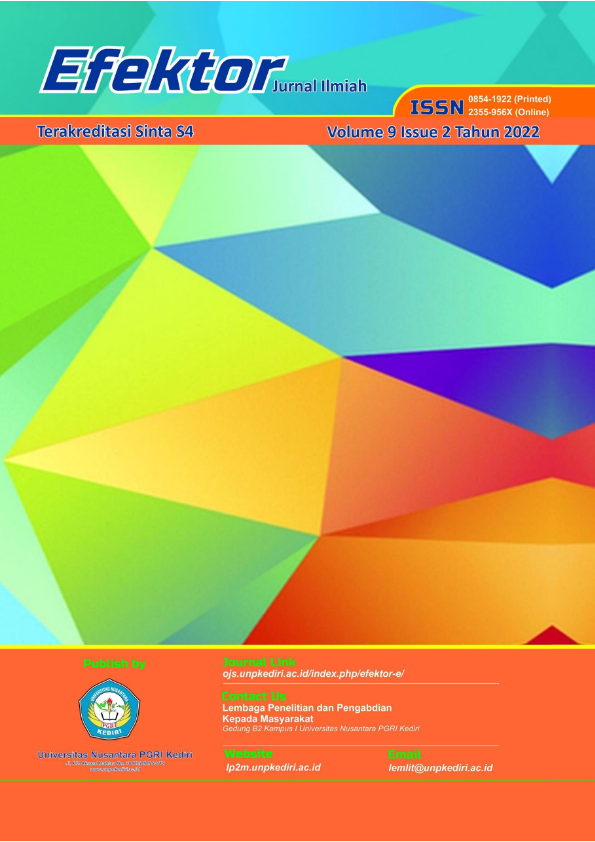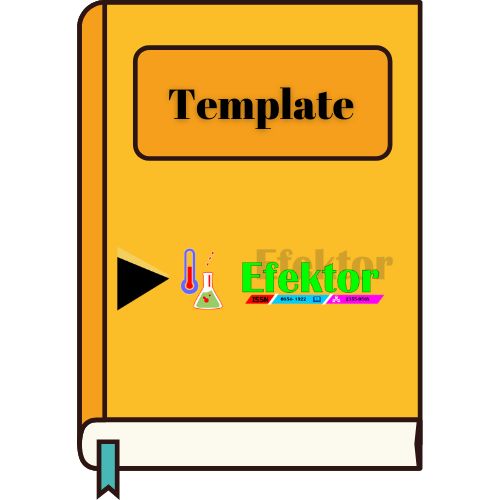Pengembangan Modul PPKn Berbasis Brain Based Learning pada Pembelajaran PPKn Kelas IV Sekolah Dasar
DOI:
https://doi.org/10.29407/e.v9i2.16691Keywords:
Civics Module, Brain Based Learning, Research and DevelopmentAbstract
This development analysis aims to supply a product within the variety of social science education modules supported by brain-based learning in civics learning for grade IV in elementary faculties on rights and obligations of society material. Respondents in this study concerned three specialists, particularly material experts, media experts, and linguist experts, further as eleven students in grade IV from SDN Rawamangun 05. the tactic employed in this study was research and development (R&D) with the chosen model, namely ADDIE. There are five steps in ADDIE. The info was collected through interviews, observation, and formative evaluation. The data analysis results showed an average share from a knowledgeable review of 90%. The results of information analysis on a matched take a look at involving three students, and the results obtained 92% and interviews. The results of an exceedingly small cluster test involving eight students were 84%. Thus, the social science Education module supported brain-based learning in social science learning for grade IV in elementary faculties on social rights and obligations material obtained superb criteria and was appropriate for use.
References
Kantun, Sri. 2013. Hakikat dan Prosedur Penelitian Pengembangan. Jember: Prodi Ekonomi FKIP UNEJ. https://repository.unej.ac.id/handle/123456789/516 diakses pada 13 Januari 2021 pukul 10:15 WIB.
Komandari Laksmi, Putu dkk. 2014. Skripsi. Pengaruh Model Pembelajaran Berbasis Otak (Brain Based Learning) Berbantuan Media Teka-Teki Silang terhadap Hasil Belajar IPS Siswa Kelas V SD Gugus I Gusti Ngurah Jelantik. Singaraja: PGSD Universitas Pendidikan Ganesha. https://ejournal.undiksha.ac.id/index.php/JJPGSD/article/view/2055 diakses pada 30 Maret 2021 pukul 11.00 WIB.
Kustandi, Cecep dan Daddy Darmawan. 2020. Pengembangan Media Pembelajaran Konsep & Aplikasi Pengembangan Media Pembelajaran Bagi Pendidik di Sekolah dan Masyarakat Edisi Pertama. Jakarta: Kencana.
Margono. 2018. Integrasi Neurosains dalam Kurikulum Memperkuat Pendidikan Karakter Siswa Sekolah Dasar. Prosiding Seminar Nasional Penguatan Pendidikan Karakter Pada Siswa Dalam Menghadapi Tantangan Global. Kudus : FKIP Universitas Muria Kudus.
Maribe Branch, Robert. 2009. Instructional Design: The ADDIE Approach. New York: Springer.
Masnidar Nasution, Leni. 2017. Jurnal Hikmah. Vol. 14, No. 1, ISSN :1829-8419. Statistik Deskriptif. Medan: STAI. https://redirect.is/fgbjrbw diakses pada 8 April 2021 pukul 10:30 WIB.
Rulyansah, Afib dkk. 2017. Model Pembelajaran Brain Based Learning Bermuatan Multiple Intelligences. Banyuwangi: LPPM Institut Agama Islam Ibrahimy.
Sugiyono. 2016. Metode Penelitian dan Pengembangan. Bandung: Alfabeta.
Supena, Asep & Hamdan Husein Batubara. 2018. Jurnal Pendidikan Dasar, Vol. 9 No.2. Educational Neuroscience dalam Pendidikan Dasar. Jakarta: Universitas Negeri Jakarta. http://journal.unj.ac.id/unj/index.php/jpd/article/view/9528 diakses pada 10 Agustus 2020 pukul 10:42 WIB.
Suryani, Nunuk dkk. 2018. Media Pembelajaran Inovatif dan Pengembangannya. Bandung: PT Remaja Rosdakarya.
Downloads
Published
Issue
Section
License
Authors who publish with this journal agree to the following terms:
- Copyright on any article is retained by the author(s).
- The author grants the journal, the right of first publication with the work simultaneously licensed under a Creative Commons Attribution License that allows others to share the work with an acknowledgment of the work’s authorship and initial publication in this journal.
- Authors are able to enter into separate, additional contractual arrangements for the non-exclusive distribution of the journal’s published version of the work (e.g., post it to an institutional repository or publish it in a book), with an acknowledgment of its initial publication in this journal.
- Authors are permitted and encouraged to post their work online (e.g., in institutional repositories or on their website) prior to and during the submission process, as it can lead to productive exchanges, as well as earlier and greater citation of published work.
- The article and any associated published material is distributed under the Creative Commons Attribution-ShareAlike 4.0 International License













